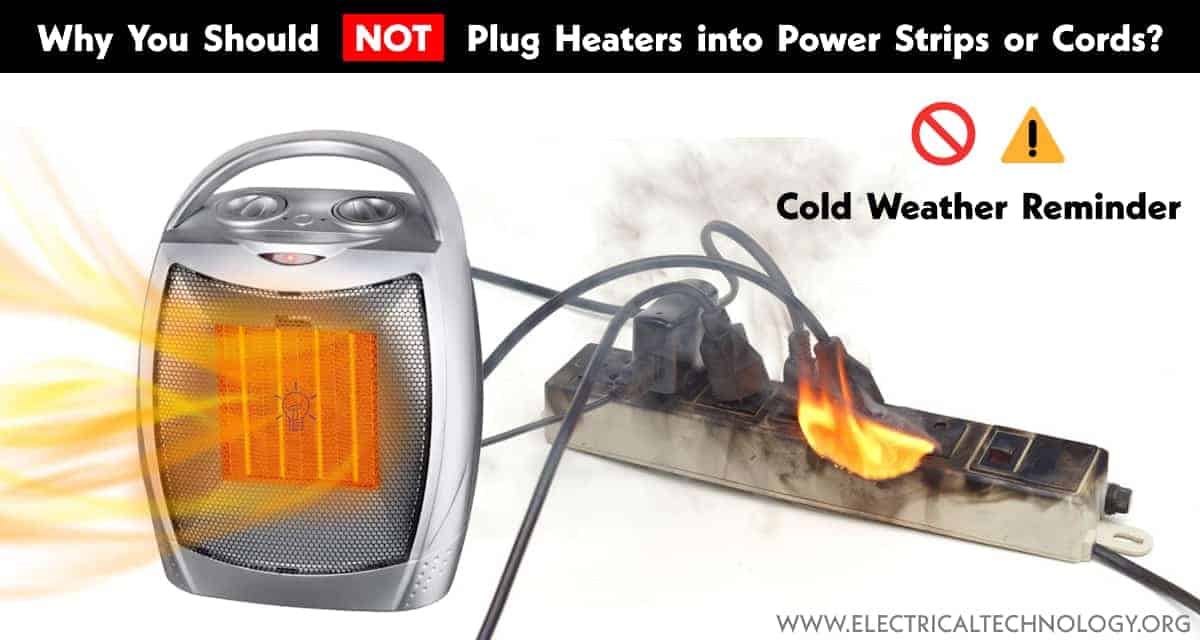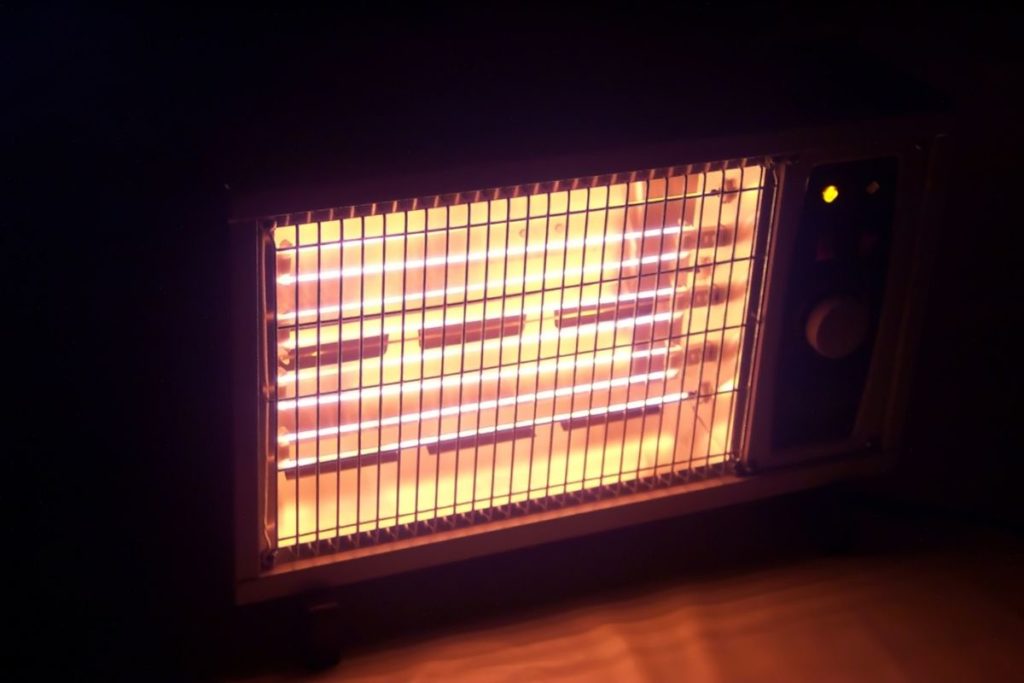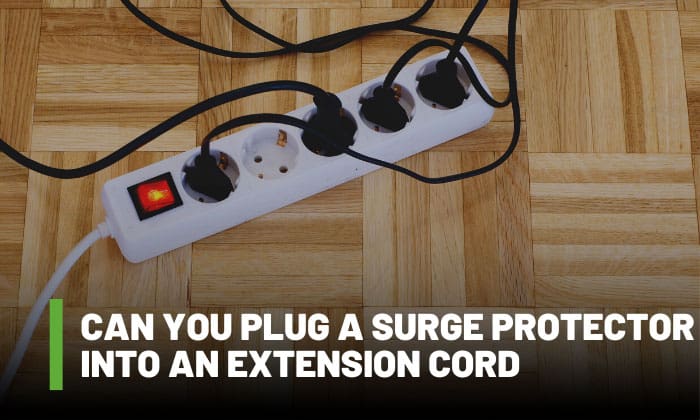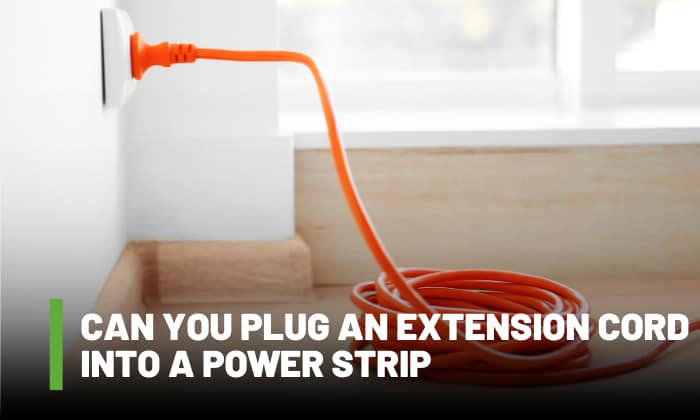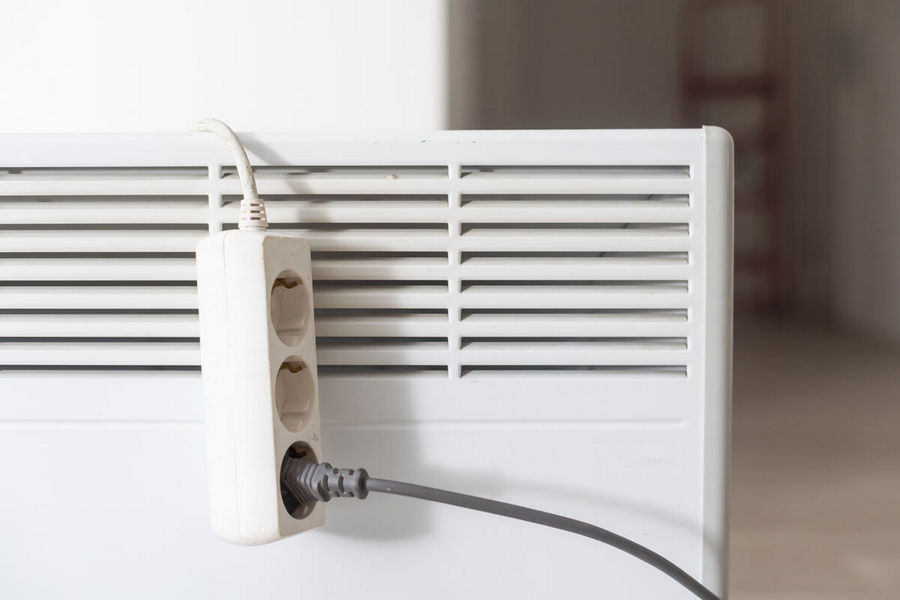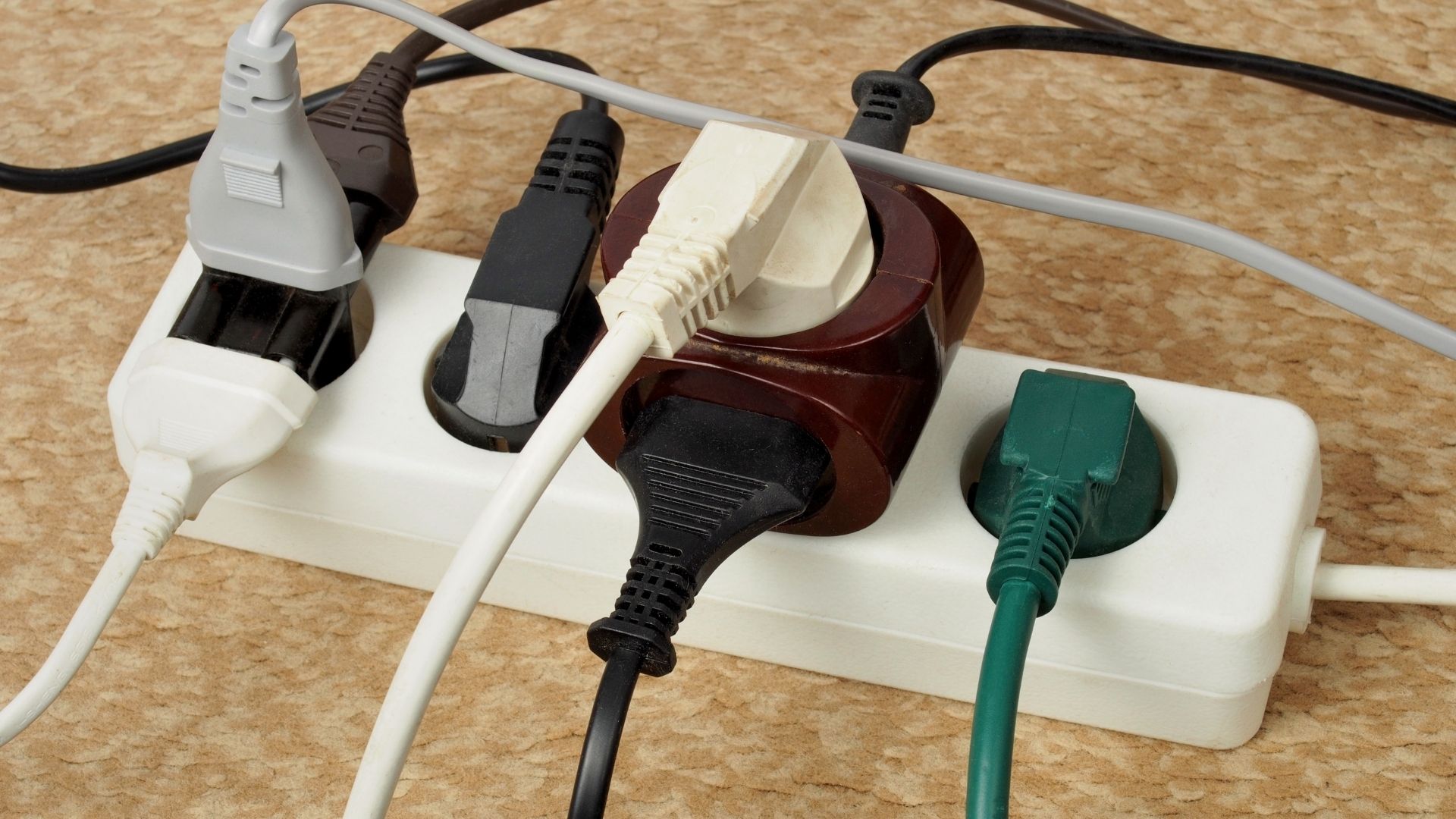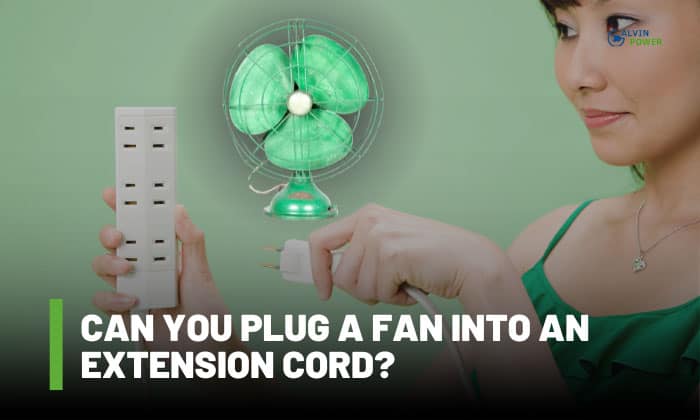Can You Plug A Heat Lamp Into An Extension Cord
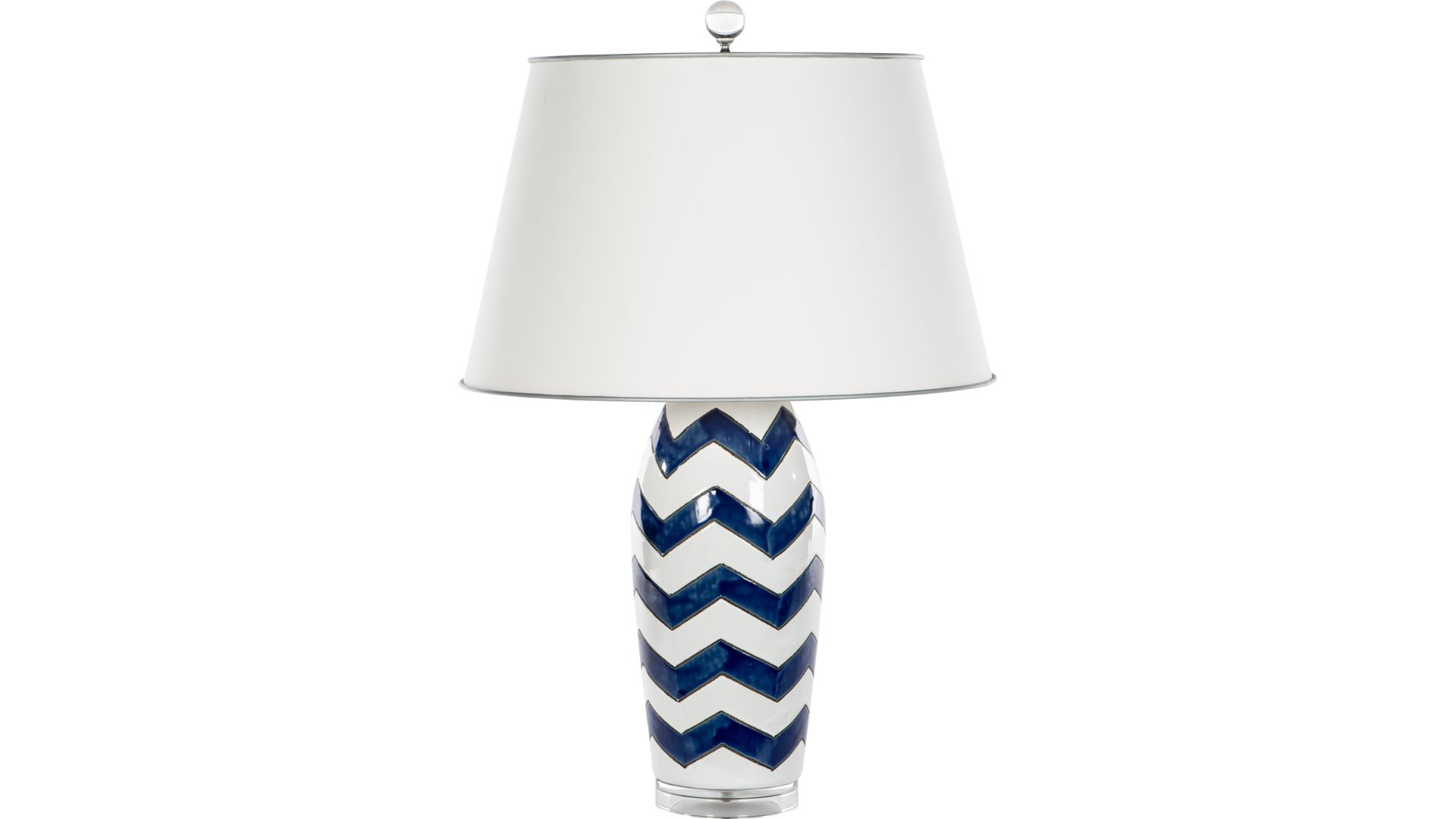
The question of whether it's safe to plug a heat lamp into an extension cord sparks a flurry of concern and caution among homeowners, farmers, and anyone using these lamps for warmth or specific applications. Understanding the electrical demands of heat lamps and the capabilities of extension cords is crucial to prevent potential hazards.
The core question is: Can you plug a heat lamp into an extension cord? The answer isn't a simple yes or no. It hinges on understanding wattage, amperage, and the specific ratings of both the heat lamp and the extension cord. Failing to adhere to safety guidelines can result in overheating, fire hazards, and electrical damage.
Understanding the Electrical Requirements
Heat lamps, used for everything from warming reptile enclosures to providing supplemental heat for livestock, typically draw a significant amount of power. This power draw is measured in watts, and each heat lamp will have a wattage rating clearly marked on the device. To determine the amperage, which is the electrical current the lamp draws, divide the wattage by the voltage of your electrical system (usually 120 volts in North America).
For example, a 250-watt heat lamp draws approximately 2 amps (250 watts / 120 volts = ~2.08 amps). Heavier-duty lamps can draw significantly more power.
Extension cords, like heat lamps, also have specific ratings. These ratings indicate the maximum amperage the cord can safely handle. This information is typically printed directly on the cord itself, often near the plug.
The Risks of Overload
Overloading an extension cord happens when the total amperage drawn by devices plugged into it exceeds the cord's rated capacity. This causes the cord to overheat. Overheating can melt the cord's insulation, creating a fire hazard and potentially damaging connected devices.
Using a heat lamp with an extension cord that has a lower amperage rating is a dangerous situation. This is where many problems occur.
The National Fire Protection Association (NFPA) stresses the importance of using appropriately rated extension cords and avoiding overloading electrical circuits.
Choosing the Right Extension Cord
Selecting the correct extension cord involves matching or exceeding the heat lamp's amperage requirements. Always choose a heavy-duty extension cord specifically designed for appliances. Look for cords with a lower gauge number. A lower gauge indicates a thicker wire, which can handle higher amperage loads.
For instance, a 16-gauge extension cord is suitable for lighter-duty applications, while a 14-gauge or 12-gauge cord is recommended for appliances like heat lamps that draw more power.
Important considerations include the cord's length. Longer extension cords can experience a voltage drop, reducing the power delivered to the heat lamp. This can also cause the cord to heat up more quickly.
Best Practices for Heat Lamp Safety
Beyond choosing the right extension cord, several other safety practices should be followed when using heat lamps. Inspect the extension cord and the heat lamp's cord regularly for any signs of damage, such as cracks or frayed wires.
Never run extension cords under rugs or carpets, as this can trap heat and increase the risk of fire. Avoid daisy-chaining extension cords together. This can overload the circuit and create a hazardous situation.
According to Electrical Safety Foundation International (ESFI), regularly checking your extension cords can prevent thousands of house fires each year.
Alternatives and Recommendations
Consider these alternatives: If possible, plug the heat lamp directly into a wall outlet. If an extension cord is necessary, use the shortest, heaviest-gauge cord that meets your needs.
Install additional outlets if you frequently use heat lamps in a particular area. Consult a qualified electrician to ensure your electrical system can handle the load.
Always prioritize safety over convenience when dealing with electricity. Failing to do so can have serious consequences.
The Human Cost of Electrical Fires
While focusing on the technical aspects of amperage and wattage, it's crucial to remember the potential human cost of electrical fires. House fires caused by faulty wiring or overloaded extension cords can result in serious injuries, property damage, and even loss of life.
A recent report from the U.S. Fire Administration (USFA) highlighted a significant number of residential fires attributed to electrical malfunctions, many involving extension cords and space heaters.
By adhering to safety guidelines and exercising caution, you can significantly reduce the risk of electrical fires and protect yourself and your loved ones.
Conclusion
Plugging a heat lamp into an extension cord is possible but demands careful consideration. Understanding the wattage of your heat lamp, the amperage rating of your extension cord, and following established safety practices are essential.
When in doubt, consult a qualified electrician to ensure your electrical setup is safe and compliant with local codes. Taking these precautions can prevent hazards and ensure the safe use of heat lamps.
Prioritize safety and always err on the side of caution when dealing with electricity. The potential consequences of negligence are far too great.
